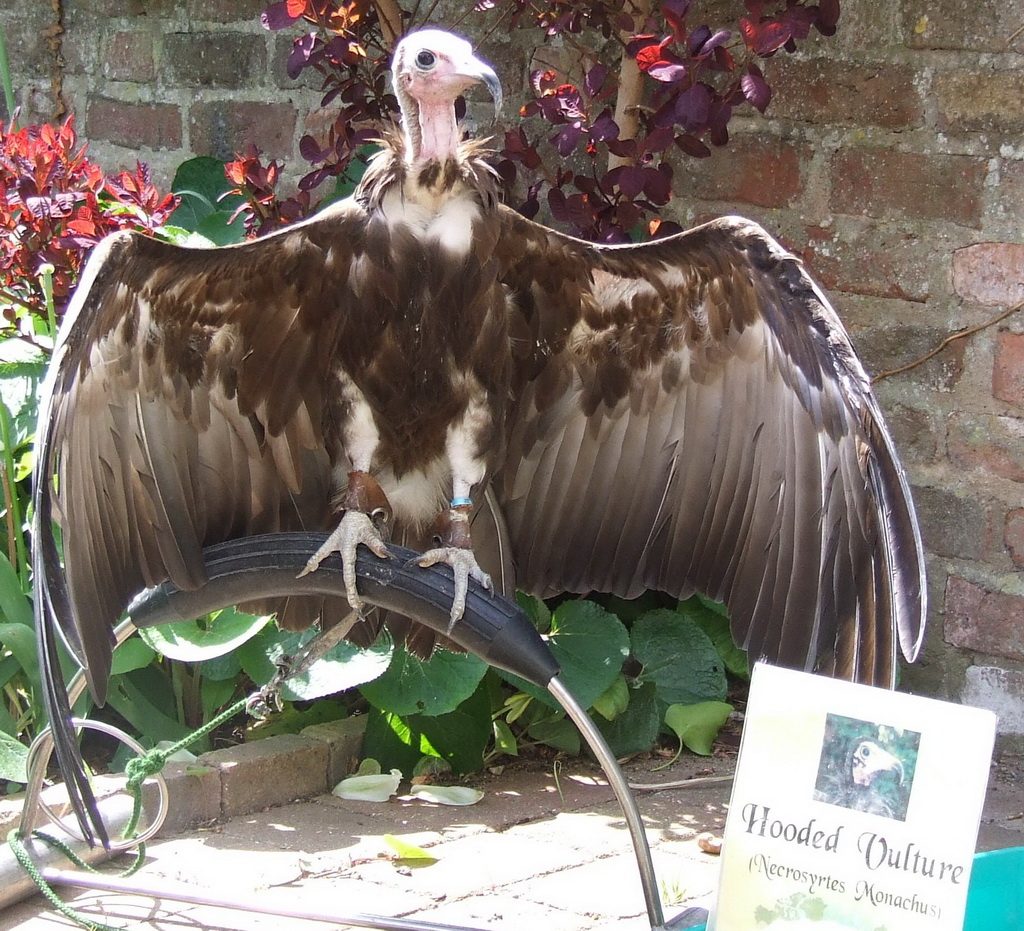This note was written for the national Hoverfly Newsletter and has been published in the autumn 2017 edition issued by the Dipterists’ Forum. It may interest some other naturalists too.
On 19 August 2017 I visited a large woodland site in the Cotswolds. The weather was cool and there had been rain during the night; the grass was still wet in the lower and more shaded rides. As there was very little insect activity I decided that I would spend some time photographing the Naked Ladies which were a conspicuous and colourful feature of the scenery. By Naked Ladies, of course, I mean the flowers of Colchicum autumnale, also known as Meadow Saffron.
My eye was soon caught by an unusually downward facing flower within which there seemed to be some activity going on. I found that there was a female Ferdinandea cuprea moving around inside the base of the inverted flower. The hoverfly may have been foraging for nectar or pollen but as the surroundings were devoid of flying insects, and because of the hesitant way it began to emerge from the flower on my approach, I formed the impression that it might have been sheltering under the tent of petals for some time.
The day warmed up later, but not very much, and the few flowering plants in the woodland continued to attract almost no hoverflies. I had walked some distance from my first sighting of F. cuprea when I spotted a particularly shapely group of Naked Ladies and decided to take their photograph. While I was getting into position I became aware that a fly of some kind was coming into view and was clearly moving towards the same flowers. I quickly took my shot, hoping that the fly might add some interest to the image. Fortunately, the fly came out almost as well-focused as the flowers, and is clearly again a female F. cuprea. On this occasion the hoverfly did not land on the flower; it apparently detected my presence, changed course and flew away.


These two separate sightings of F. cuprea with C. autumnale may be a random coincidence. However, as I am not aware of any reported association between this flower and any species of hoverfly, the observation may be of some interest. In Hoverflies of Surrey (Surrey Wildlife Trust, 1998) Roger Morris does not include C. autumnale either in the extensive list of flowers visited by hoverflies (Appendix 2) or among those mentioned in his account of F. cuprea.
 The Severn Ham is a unique place to study the May fish migration and we need volunteers to visit Upper Lode weir and monitor the fish as they migrate over the weir.
The Severn Ham is a unique place to study the May fish migration and we need volunteers to visit Upper Lode weir and monitor the fish as they migrate over the weir.
















